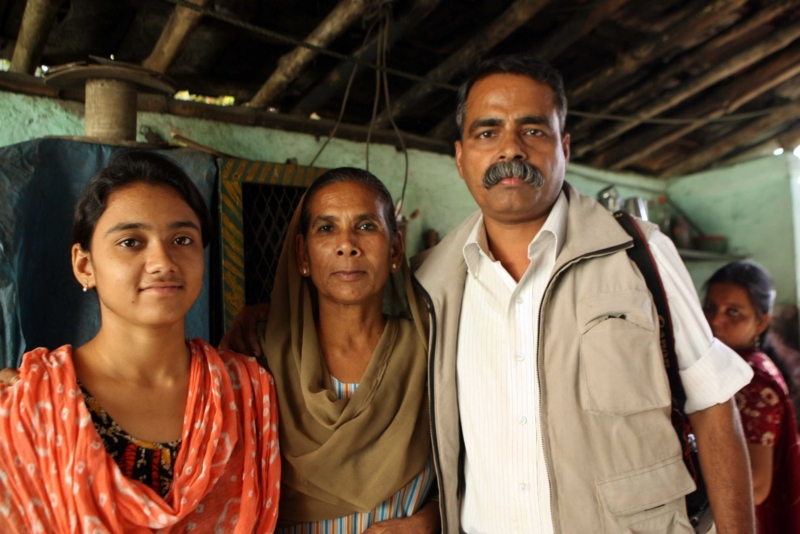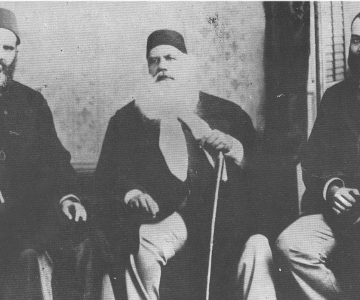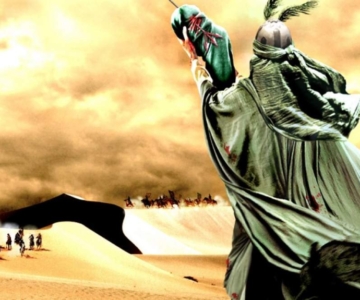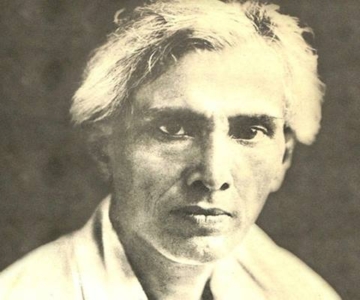Neena Jha and Shivnath Jha have launched a nationed wide movement to protect musicians, artists, academicians and others who have brought laurels and pride to India through book – Andolan Ek Pustak Se.
In the midst of pompous celebrations over the 150th year of India’s First War of Indepedence, a fact that rankles is that the heirs of the Mughal’s last emperor Bahadur Shah Zafar, Sultana Begum, continue to languish in squalour and anonymity.
The story of middle-aged Sultana Begum brings tears to one’s eyes. She runs a tea-stall in Howrah to earn a living for her family. Bahadur Shah Zafar’s heirs are struggling to take out a bare survival. Due to the poverty, daughters in the family were deprived of higher education.
But, Union Minister for Railway Lalu Prasad and Minister for Corporate Affairs Prem Chand Gupta have hailed the efforts initiated by a Delhi-based couple Neena Jha and Shivnath Jha – who met Sulata Begum as a part of their ongoing movement “Andolan Ek Pustak Se” and assured the couple that they would protect Sultana Begum economically, her daughters educationally and fulfill their all desires in view of the 150 year of 1857 Uprising.
During their six months efforts, the Jha couple has collected all historical official documents about Sultana Begum.
Living in a 8?x8? room at Cowies Ghat’s slum located near Foreshao Road in Howrah district of West Bengal, Sultana Begam, the direct descendants of the last Mughal emperor has narrated her miserable conditions and governments both centre and state apathy.
She expressed her willingness to settle in Chandini Chawk in the National Capital to view the Red Fort, the last residence of Mughal emperor before he was exiled to Rangoon.
Sultana Begum, 55, said: “Before I take my last breath, my lifetime desire is to marry my daughter Zinat Mahal, impart education to her only son Kamal Bakht and settle in Chandni Chowk to have glimpses of the Red Fort.”
On couple’s initiatives, on July 4 last year, Lalu Prasad and Prem Gupta had rehabilitated Vinayak Rao Tope, the third generation of the front line leader of 1857 Uprising Tatya Tope. Besides financial assistance worth Rs.5 lakh, Lalu Prasad also granted employment to Pragati and Tripti, the two daughters of Vinayak Rao Tope in the Container Corporation of India.
During the life time of the grate Shehnai maestro Ustad Bismillah Khan, the couple had launched a nationwide movement “Andolan Ek Pustak Se” through a book on the life and art of the Ustad – Monograph on Ustad Bismillah Khan – to protect all such people and their families who brought laurels and pride to the nation.
Sultana Begum gets a pension of Rs 400 a month from the Centre and lives in a pathetic condition in a Howrah’s slum. Bedar Bakht, Sultana Begum’s husband died in 1980.
“After the death of my husband, I approached the West Bengal Government to provide an accommodation for my family. I got it at Trolly Gunj area. But, due to harassment by some local criminals and local politicians, I was forced to vacate the flat. Since them I am living here with my young daughters,” Sultana with tear in her eyes said the couple.
Sultana Begum is Howrad line of descent. From Howrah line, Sultana Begum is wife of late Muhammad Bedar Bakht, son of Jamshid Bakht and grandson of Jawan Bakht.
According to official records, there are three lines of descent from Bahadir Shah Zafar. From Delhi line, Bahadur Sha Zafar’s son was Mirza Fathul Mulk Bahadur alias Mirza Fakhru had one son Mirza Farkhunda Jamal, who had a son late Hamid Shah and late Begum Qamar Sultan, who married a commoner.
While from Hyderabad line, Bahadur Shah’s son was Mirza Quaish, who had one son Mirza Abdullah who had one son Mirza Pyare who married with Habib Begum. Bahadur Shah’s great-great-granddaughter was Begum Laila Ummahani who married married with Yakub Habeebuddin Tucy.
There are also descendants of other Mughal kings beside Bahadur Shah-II Most of them used to have or inherited governor’s or courtier’s positions; some were viziers or worked in the court of the Shah.
When the 1857 Mutiny came most of them fled the capital and changed their family name from Mirza, Mughal, Beg, etc. to something more common. Some escaped to distant principalities and held courtier’s positions there. Examples include Jalaluddin Mirza’s line of Bengal zamindari under the Maharaja of Dighapatia and the Toluqari family, which claims to be Baron Gardner’s descendants as well.



